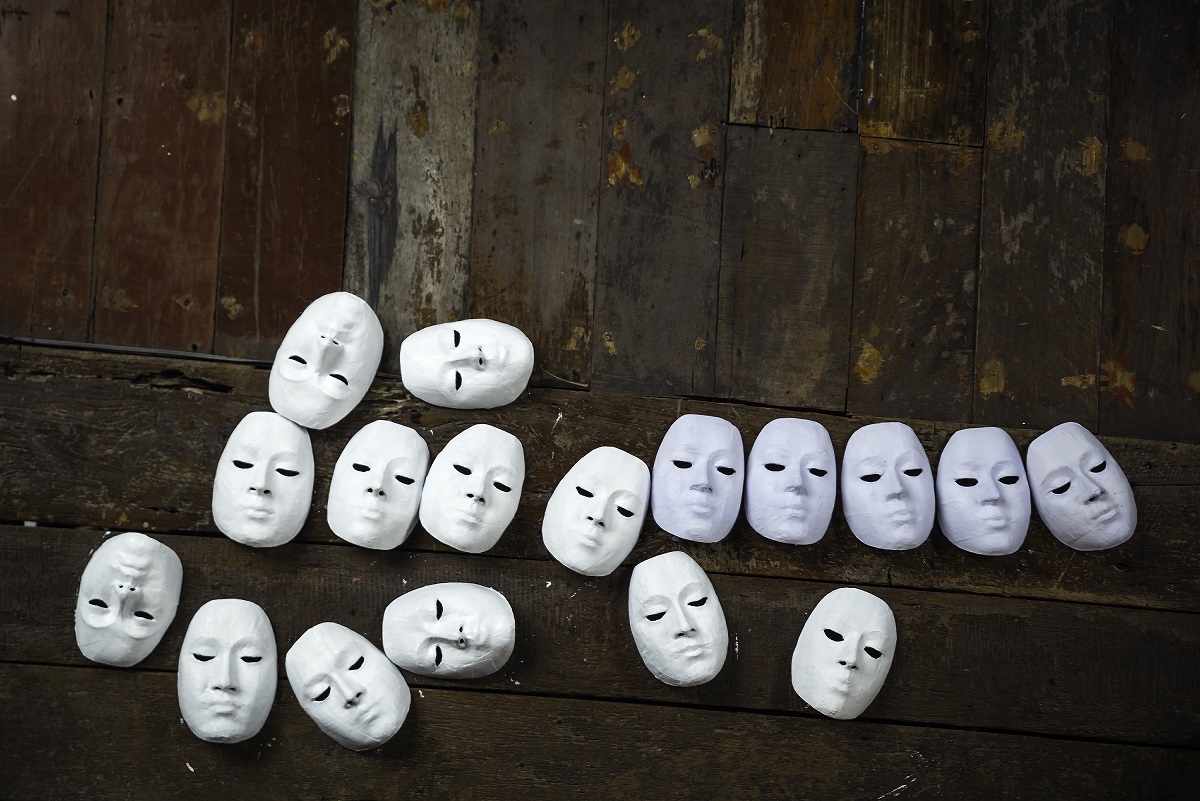
Next we come to the centre of Assagioli’s egg diagram which includes the fields able to interact with the strata of the unconscious, the fields of consciousness and ‘I’. The latter has been conceived in many ways however in psychosynthesis it is the freedom to identify and disidentify with the autonomous subpersonality systems operating in the middle unconscious. ‘I’ is an objective watcher of complexes, structures, and the organization of mental content, transcendent of what is spontaneously represented or symbolized by the fringe of thoughts or the inexhaustible coming and going of the sinuous life process but it is also inseparable from what is being experienced and immanent in the underlying infrastructure of the conscious personality. ‘I’ is a mysterious paradox; it is both subject and object, the sole eyewitness of the mental content and the mental content itself. ‘I’ comprehends all the evolutionary stages of development you have endured to become who you are today. ‘I’ transcends but preserves the infant, the child, the prepubescent, the adolescent, the young adult, and the mature and intelligent middle-aged woman within you–in fact, all the subpersonalities that have been developed and subordinated to the authority of present experiences. It can flutter between the subpersonalities and intimately engage with each on level ground and contemporaneously ascend to a towering peak from where the continental sum of affects, moods, and motivations are immobilized. The phenomenal liberty consigned to ‘I’, its ability to experience first-hand the reality of any one subpersonality (immanence) whilst simultaneously perusing the organizational structures underlying them and then making explicit choices in relationship to these (transcendence) is called transcendence-immanence.
Further, the aforementioned phenomenon is inextricably connected with higher wisdom in that it allows the part of ourselves we call ‘I’ to make judgments by detaching from each of the incongruent perspectives offered up for cogitation by the system of subpersonalities. The freedom of ‘I’ to operate in such a manner indicates the objective existence of will. In the ego diagram this quality is symbolically demarcated as a concentric circle about I-amness, showing that it is ‘I’ or the personal self who is the executor of will. Consciousness, on the other hand, is everything the ‘I’ is presently aware of within a field of presentation that can be expanded to include thoughts and sentiments between multiple subpersonalities or contracted to a specific one. As the diagram shows consciousness and will orientate the ‘I’; when the will is in abeyance the beholder of ‘I’ becomes a passive viewer of inner unconscious processes spewing forth innumerable thoughts, feelings, and images. In this passive state our proactive vocation to act is so hampered that we may feel like receptacles into which a torrent of foreign thoughts is being emptied. Consciousness has usurped the throne from personal will and reigns supreme in the inner kingdom. But just as the amphidromic direction of the ocean tides changes over a synchronized six-hour period, so too does the flowing life process initiate psychic inversions that propel will to the foreground, spurring a much more energetic and synergistic participation with inner and outer realities that narrows awareness to task-related or specific content only. Consciousness is now subordinate to will. The unconscious struggle between consciousness and will–one passive and comprehensive, the other active and discriminatory–in situating the trajectory of ‘I’ allows life force to interact with the environment and to carve out unique, autobiographical histories within a circumjacent background of fields. It also plays a substantial role in our plight for self-preservation.
Finally, the psychic structures represented in the egg diagram are permeated by what both Assagioli and Jung termed the Self, the Higher Self, or the Transpersonal Self. This entity is best apprehended as a spiritual fountainhead of wisdom and guidance which the integrated personal centre begins moving towards to attain psychological wholeness. Assagioli described this deeper, universal movement towards wholeness and self-actualization as a “fidelity to the law of one’s own being” that manifested potently in one’s life after the gamut of incongruent subpersonalities had been brought under conscious control and integrated under a unified, personal centre. As an intangible quintessence of realized creative potentialities indigenous to any one enlivening force and its unique influences, the Self can engage with the conscious personality at any point during the life journey without being altered by transient perceptions, thoughts, and feelings that have cleaved the latter’s personal history. In short ‘I’ is to Self what a reflection is to a mirror; if the surface of the mirror is the Self then anything that might be reflected or refracted in its view becomes I-amness, the personal self. From this analogy it becomes clear that without a Self to project into the field of consciousness, or rather into the field of the personality, there can be no existence, sustenance, or continuity of ‘I’. Having said that these two entities–Self and ‘I’–comprise a single, operative, and fundamental unit and are not to be understood as an ontological duality; they are as inseparable as the electrons and protons comprising a hydrogen atom. “There are not really two selves, two independent and separate entities. The Self is one.” Both Assagioli and Jung believed that mental and physical ailments manifested when an individual towed a life direction that conflicted with the deeper aspirations, consciousness, and will of her transpersonal Self.









